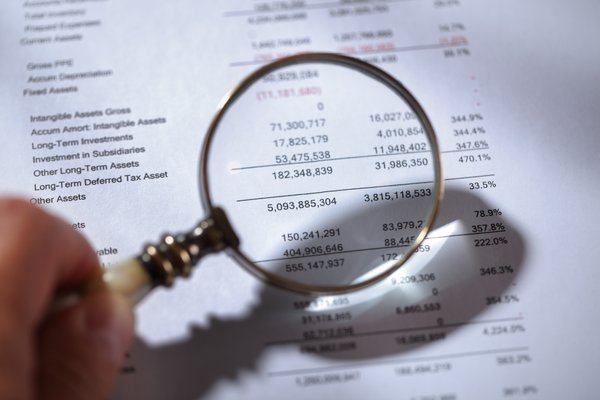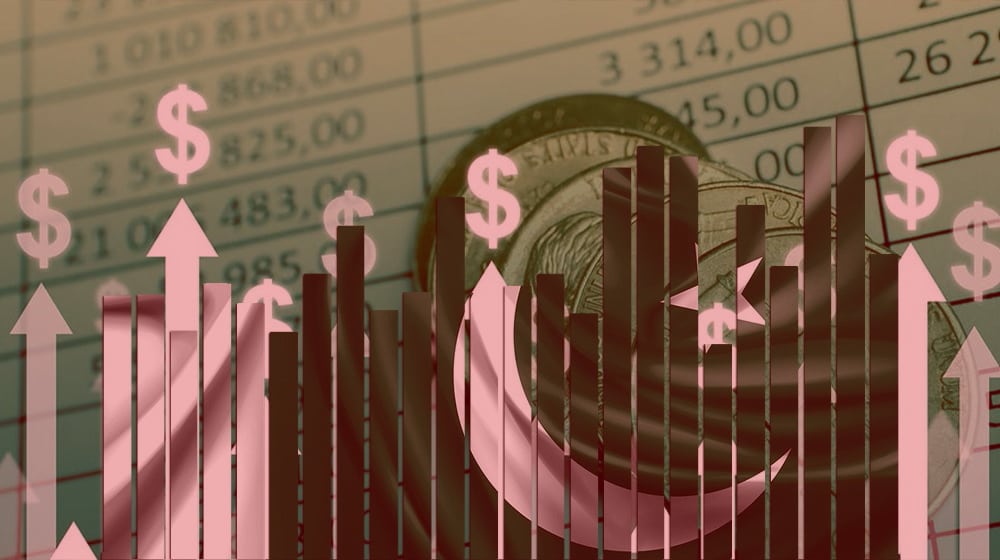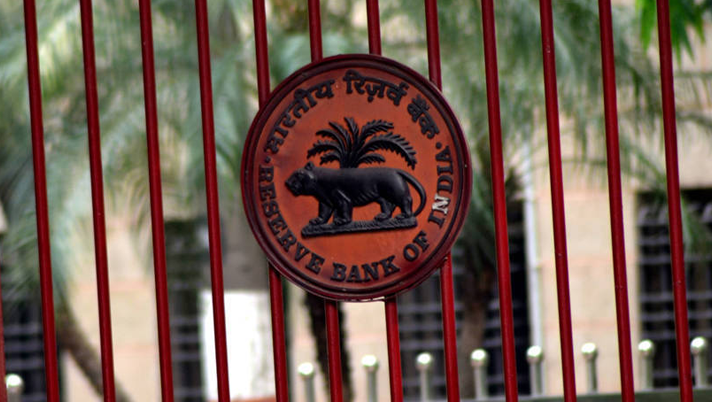Understanding Goodwill in Finance: A Guide for Malaysian Investors

Goodwill is a frequently discussed term in the world of finance, particularly during mergers and acquisitions. But what exactly is it? And why should Malaysian investors understand it? This guide breaks down goodwill, explaining its definition, how it's calculated, and its implications for investment decisions. We'll also look at real-world examples to illustrate how it works in practice.
What is Goodwill?
In accounting, goodwill represents the excess of the purchase price of a business over the fair value of its identifiable net assets. Essentially, it’s the premium a buyer is willing to pay for a company beyond its tangible assets like property, plant, and equipment, and its identifiable intangible assets like patents and trademarks. It reflects factors like brand reputation, customer loyalty, a skilled workforce, and strong management – things that are difficult to quantify but contribute to the company's value.
How is Goodwill Calculated?
The calculation of goodwill is relatively straightforward. Here's the formula:
Goodwill = Purchase Price - (Fair Value of Identifiable Net Assets)
Let's break this down:
- Purchase Price: The total amount paid by the acquiring company to acquire the target company.
- Fair Value of Identifiable Net Assets: This is the fair market value of the target company’s assets (like cash, accounts receivable, inventory, and property) minus the fair market value of its liabilities (like accounts payable, loans, and deferred taxes).
Example: Company A buys Company B for RM5 million. Company B's identifiable net assets have a fair value of RM4 million. Therefore, goodwill is calculated as:
Goodwill = RM5 million - RM4 million = RM1 million
Why Does Goodwill Exist?
Goodwill arises when a company believes it can generate future earnings exceeding those that would be expected based solely on the acquired company’s identifiable assets. This could be due to synergies – cost savings or revenue enhancements that result from combining the two businesses. It could also be due to a strong brand reputation or a competitive advantage that the buyer values.
Implications for Investors in Malaysia
For Malaysian investors, understanding goodwill is crucial when analyzing companies involved in mergers and acquisitions. Here's why:
- Overvaluation: Goodwill can sometimes mask overvaluation. A high goodwill amount might indicate that the acquiring company paid too much for the target company.
- Impairment: Goodwill is not amortized (gradually written down) like other intangible assets. Instead, it’s tested for impairment at least annually. If the value of the acquired company declines, the goodwill may need to be impaired (written down), which can negatively impact the acquiring company’s earnings.
- Due Diligence: Investors should carefully scrutinize the reasons behind goodwill creation and assess whether the expected synergies are likely to materialize.
Real-World Example (Hypothetical Malaysian Scenario)
Imagine a Malaysian conglomerate acquires a popular local coffee chain. The purchase price is RM20 million, and the coffee chain's identifiable net assets are valued at RM15 million. This results in RM5 million of goodwill. The conglomerate believes the acquisition will allow them to expand the coffee chain’s reach nationally and internationally, leveraging their existing distribution network. However, if the expansion doesn't go as planned, and the coffee chain's performance deteriorates, the conglomerate may be forced to impair the goodwill, leading to a loss on their balance sheet.
Conclusion
Goodwill is a complex accounting concept, but understanding it is essential for informed investment decisions, particularly in the Malaysian market. By carefully analyzing goodwill amounts and assessing the underlying assumptions, investors can better evaluate the risks and rewards of companies involved in mergers and acquisitions. Remember to conduct thorough due diligence and consider the potential for future impairment.






